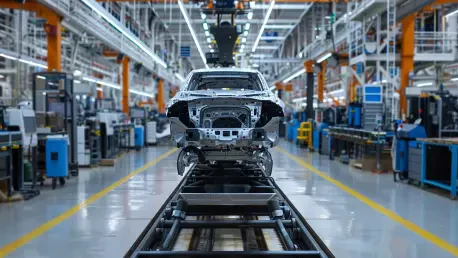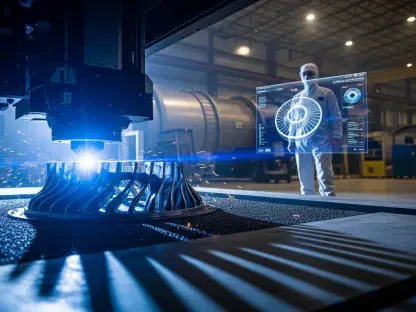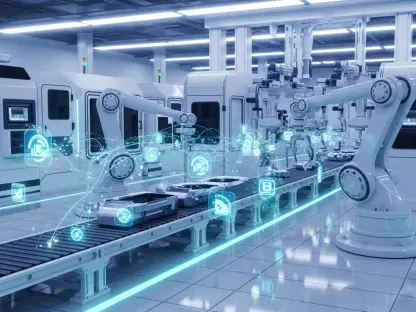The automobile industry stands on the cusp of a transformative shift as revised U.S. tariffs promise changes that could redefine the landscape of American car manufacturing. The crux of the debate lies in the potential of these changes to not only boost domestic production but also foster more sustainable economic growth for the industry. As stakeholders across the sector watch closely, the impact of these policy changes warrants a closer look.
Understanding the Implications of Tariff Reforms
With the recent relaxation of the 25% tariffs on automobiles and auto parts, attention is turning toward the broader implications for the U.S. auto industry. This reform is not just a simple policy shift; it is a critical adjustment that could determine the industry’s trajectory in the face of growing global competition. The stakes are high, with potential impacts on job creation and the sustainability of American manufacturing hanging in the balance.
The Role of Tariff Adjustments in Production Dynamics
Lowered tariffs are poised to alleviate some of the financial pressures on U.S. automakers and parts suppliers. This change offers an opportunity for domestic production to gain momentum. A case in point is Ford’s Kentucky Truck Plant, which exemplifies the potential for increased manufacturing activity. As a consequence, consumer pricing might see favorable shifts, enticing more buyers to opt for domestically produced vehicles, which could subsequently reverse declining sales trends.
Insights from Industry Leaders
Jim Farley, CEO of Ford Motor Co., has voiced his support for the relaxed tariffs but emphasizes the need for ongoing strategic partnerships between automakers and policymakers. His perspective highlights the balance required between encouraging domestic growth and managing international production complexities. “The challenge lies in fostering domestic manufacturing without stifling other economic drivers,” said Farley, reflecting the nuanced relationship between economic policies and industry dynamics.
Industry analysts echo this sentiment, pointing to the delicate line manufacturers must tread when reorienting production strategies. The international landscape demands agility, and decisions regarding plant locations and supply chains require careful consideration of both domestic benefits and global market demands.
Navigating New Strategies in Auto Manufacturing
In light of these changes, automakers are challenged to devise strategies that capitalize on reduced tariffs while securing their standing in export markets. A collaborative approach with policymakers could catalyze innovation and efficiency within domestic supply chains, ultimately leading to competitive advantages on a global scale. By aligning industry initiatives with government incentives, the aim is to spur innovation and solidify the U.S. as a hub for robust auto manufacturing.
Looking Ahead: The Future of American Auto Production
The recent tariff modifications have shifted the landscape for the American auto industry, opening avenues for revitalized domestic production. This transformation is not merely a matter of altered fiscal policies but a prompt for the industry to strategize for long-term sustainability. As automakers and policymakers contemplate the path forward, the emphasis should remain on fostering innovation and maintaining competitive global positioning. It is crucial to navigate this evolving terrain with a focus on adaptability and resilience in ensuring the longevity and vitality of U.S. auto manufacturing.









